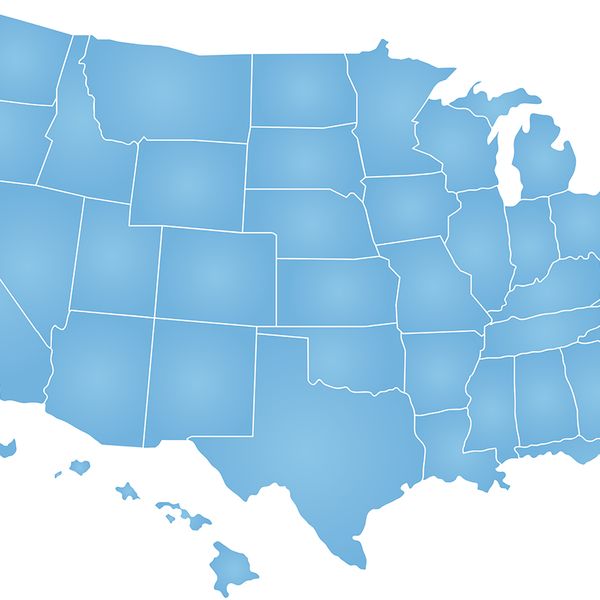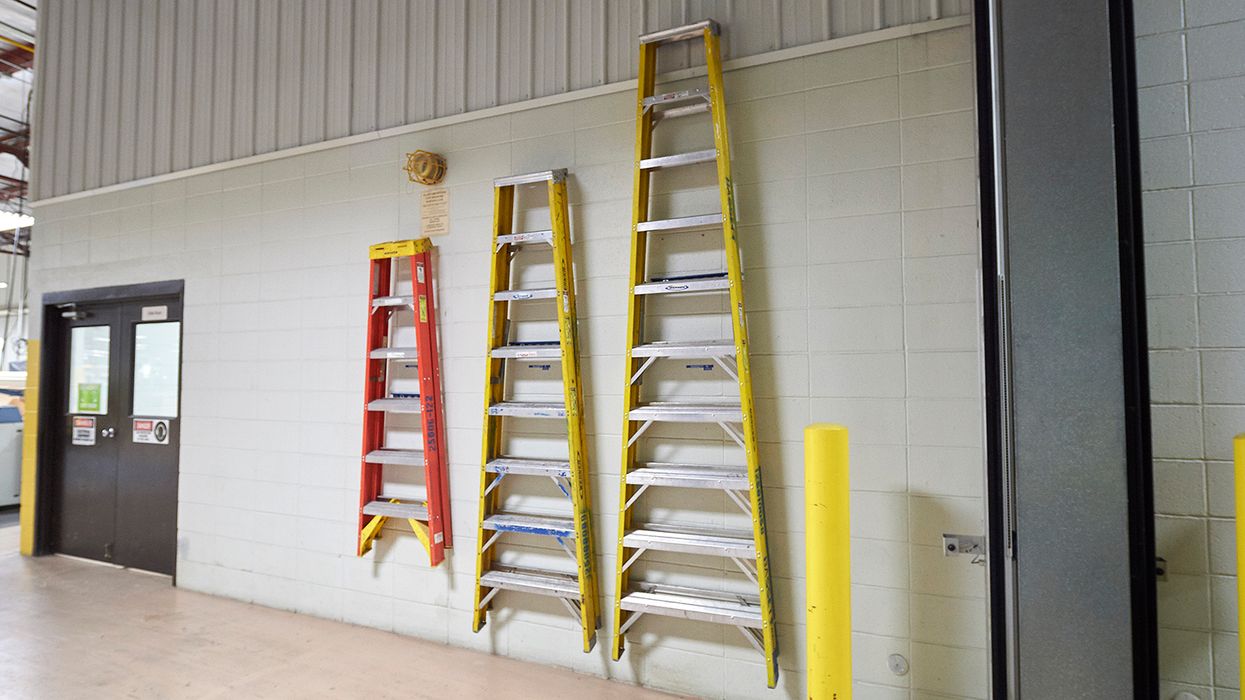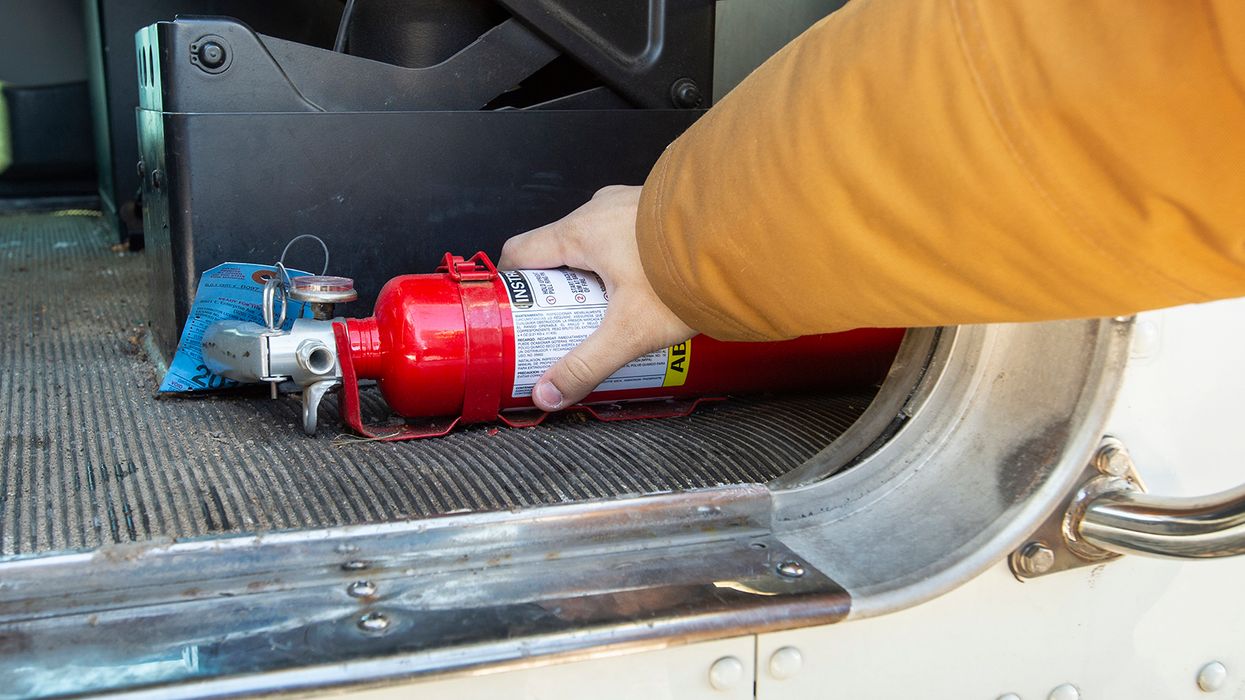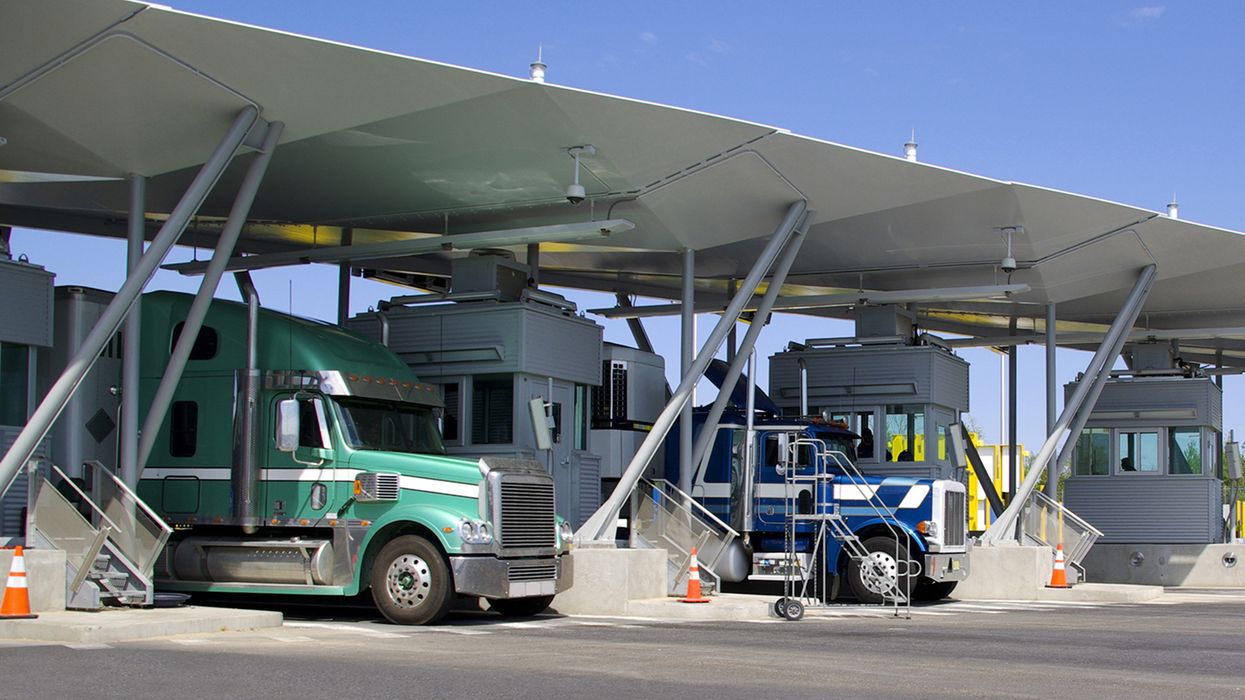3 factors for identifying remote employee FMLA locations
The remote employee landscape changed the way we do many tasks, and one of those is trying to figure out which employees are eligible to take leave under the federal Family and Medical Leave Act (FMLA).
One of the eligibility criteria employees must meet, is to work at a location with at least 50 company employees within 75 miles (the 50/75 eligibility criterion). An employee’s personal residence, however, is not considered a worksite. Rather, the worksite is the office to which the employee reports and from which assignments are made.
This might be fairly easy in many situations, but what if the supervisor an employee reports to also works from home? What if, going up the chain of command, only the CEO actually works at a company location? The FMLA regulations were written decades ago, so they didn’t specifically address such situations. The FMLA does, however, look to another federal law — the Worker Adjustment and Retraining Notification (WARN) Act for guidance.
Three factors
Under the WARN Act, generally, you look for following location factors:
- Home base (to which the employee is assigned as their home base) — is present at that location at some point during a typical business trip. This refers to the physical base of the employee, rather than to the physical base of the employer’s operations.
- Assignment location (from which the employee’s work is assigned) — the source of the employee’s day-to-day instructions. This is not determined by the location of centralized payroll or other centralized managerial or personnel functions. Rather, it is the location of the workers who are ultimately responsible for creating work tasks — the source of instructions, more than a mere conduit location through which instructions are passed to the employee. This might not be the central payroll or management site.
- Reporting location (to which the employee reports) — the location of the personnel who are primarily responsible for reviewing reports and other information sent by the employee to assess performance, record tasks completion, and so on. If employees ultimately report to someone in a physical location, you could certainly use that as the employee’s home base.
If the employees don’t have a home base (somewhere the employee actually visits at least once in a while), you may assign an assignment site or a reporting site. Which one you wish to use would be up to you and the facts involved for each employee.
This could mean reviewing the assignment and reporting site for each employee, which could be an enormous task, and you would need to consider your company structure, reporting, and so on.
Going forward
Some employment law professionals are indicating that, since work can be done anywhere, perhaps disregarding the 50/75 eligibility criterion would be acceptable.
This is an area of the law that could continue to evolve, as related claims make their way through the courts. The U.S. Department of Labor addressed some questions about remote employees and the FMLA in an opinion letter and Field Assistant Bulletin in February, but did not go into great detail. Some situations could have an employee who receives assignments from one location, but reviews performance reviews from another.
Confused? You’re likely not alone. As this issue evolves, we will watch for more guidance and share it.
Key to remember: If you have employees who work from their homes, you might have to do some work to determine if they meet the 50/75 eligibility criterion. Otherwise, might be allowed to disregard that criterion all together and save yourself a lot of time and effort.






















































